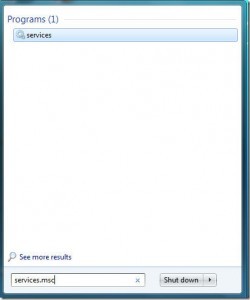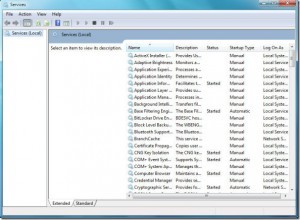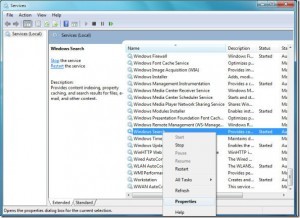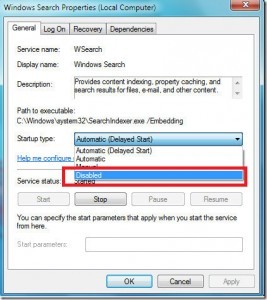These recommendations include turning off the screen saver and not specifying a sleep timer. Your organization might require the use of screen savers. For example, you might have a GPO-managed security policy that locks a desktop a certain time after the screen saver starts. In this case, use a blank screen saver.
|
1
|
Uninstall Tablet PC Components, unless this feature is needed. |
|
2
|
|
|
3
|
Use the File System Utility (fsutil) command to disable the setting that keeps track of the last time a file was accessed. |
|
4
|
Start the Registry Editor (regedit.exe) and change the TimeOutValue REG_DWORD inHKEY_LOCAL_MACHINE\SYSTEM\CurrentControlSet\services\Disk to 0x000000be(190). |
|
5
|
Shut down the guest operating system and power off the virtual machine. |
|
6
|
Change the virtual machine video card RAM setting to 128 MB. |
|
7
|
Power on the virtual machine. |
Thank you to: pubs.vmware.com for this information.



